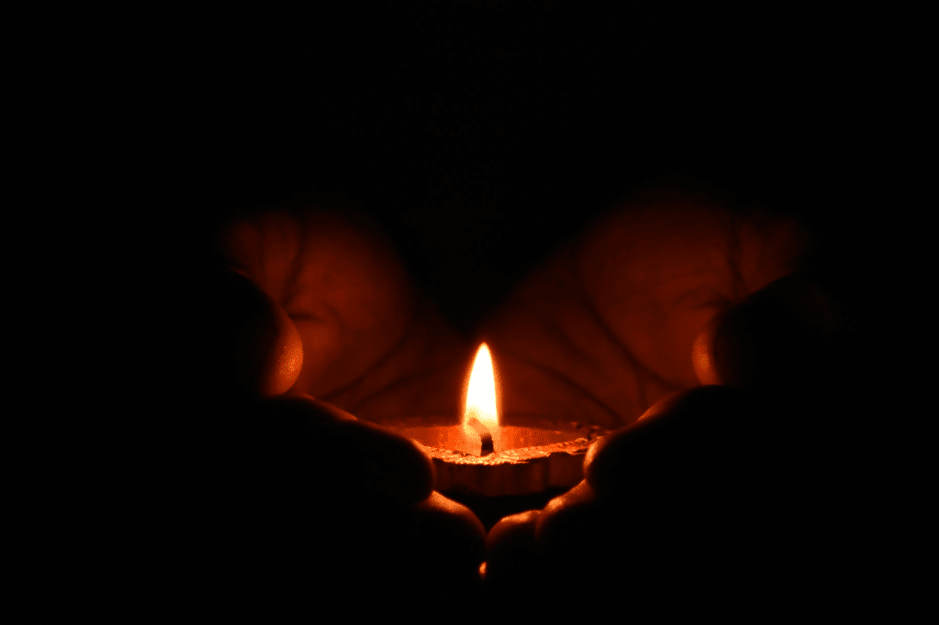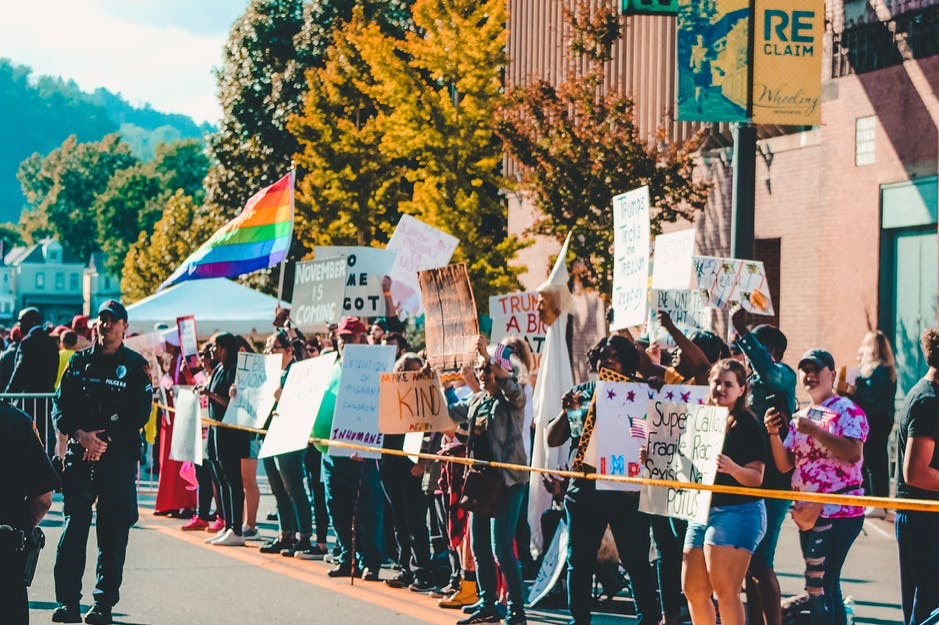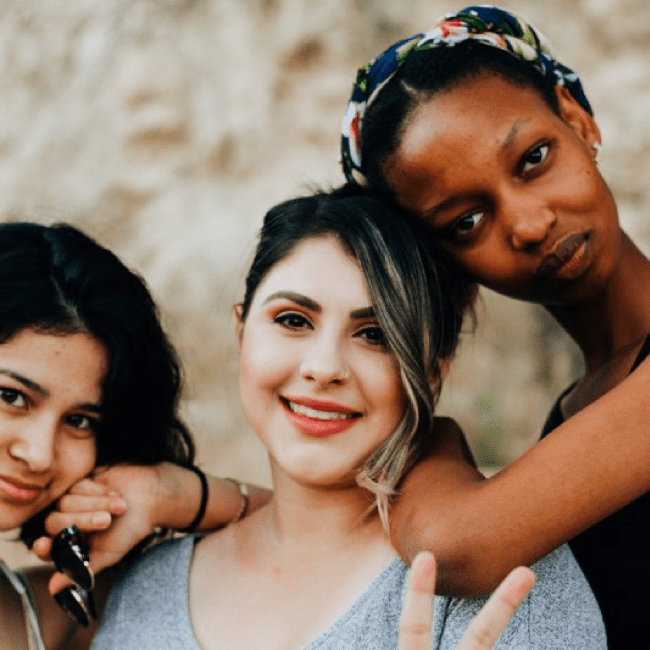What exactly is TDOR?
Recently, you may have read about the Trump administration’s decision to try to erase trans people by defining gender based on a baby’s genitals at birth. And if that sounds horrific, that’s because it is. You see, historically, trying to erase a marginalized group from existence has only ever been done for malign purposes and resulted in tragic stories of repression and abuse.
But there are literally hundreds of articles explaining why Trump’s policy is garbage; not that you needed to be told, I’m sure. That’s why I’m going to talk about Transgender Day of Remembrance (TDOR) and how it may sadly become even more relevant in the not-so-distant future.
What is TDOR?
It’s a day for the trans community and their allies to commemorate the trans people that have been murdered in the past year, in an effort to draw attention to transphobia and violence against trans people. It’s held annually on November 20.
That sounds really important. How did it start?
In 1998, Californian trans woman Gwendolyn Ann Smith read about the murder of Massachusetts trans woman Rita Hester and how Hester’s community reacted by holding a candlelight vigil with 250 people and forcing the local press to cover her life respectfully.
Smith felt compelled to do something, so she created the “Remembering Our Dead” web project to memorialise trans people who were murdered in transphobic attacks from 1970 onwards; though she is quick to note that it was not comprehensive.
The following year, she founded TDOR. Since then, TDOR has become an international day of action observed in more than 20 countries.

Well, that’s good right? More people around the world are advocating for trans people. That must mean things are getting better.
Well, yes and no. It’s great that more people are recognising the existence of the trans people and advocating for their rights, but sadly, because of the current political climate, we’ve seen a bit of a backslide with trans acceptance. According to Human Rights Campaign, at least 29 trans people were murdered in the US in 2017, up from 23 in 2016 and 21 in 2015. In 2018, the number currently stands at 22 and the year isn’t over yet.
The number of deaths may actually be higher still, because local authorities may have recorded other murders with incorrect names or genders; especially if the family didn’t approve. The figure also doesn’t include the number of trans people who have died from suicide as a result of transphobia and rejection and we know that 41% of trans people have attempted suicide.
And this isn’t a uniquely American problem. According to the Trans Murder Monitor, 171 trans people were murdered last year in Brazil, a country that just elected a self-described homophobe as President. It seems that the rights of trans people across the world are directly related to the views of the people in charge and that’s never a good idea. As allies, we need to do more to help protect trans people and that includes voting bigots out of office at every level of government.
That’s awful. How can I help?

Find out if you local LGBTQ+ group is hosting an event: Many groups will be holding a candlelight vigil and some may even be organizing a protest to advocate for better protections for trans people.
Say their names: When a trans person dies, use their preferred pronouns and name when remembering them. Rest in Power Christa Leigh Steele-Knudslien, Viccky Gutierrez, Tonya Harvey, Celine Walker, Phylicia Mitchell, Zakaria Fry, Amia Tyrae Berryman, Sasha Wall, Karla Patricia Flores-Pavón, Nino Fortson, Gigi Pierce, Antash'a English, Cathalina Christina James, Keisha Wells, Sasha Garden, Diamond Stephens, Vontashia Bell, Dejanay Stanton, Shantee Tucker, Londonn Moore, Nikki Enriquez, and Ciara Minaj Carter Frazier.
Donate to a trans charity: Groups like GLADD, Human Rights Campaign, and the National Center for Transgender Equality will use any money you can spare to fight for the rights of trans people in political, social, and legal spheres. While Trans Lifeline is a peer support hotline by and for trans people, which also provides microgrants for trans people who can’t afford to update their ID with their affirmed gender.
Educate yourself about trans issues: You can do this by talking to trans people you know and reading reports from trans charities. This will help you discover what issues are most important to the trans community.
Write to your local representative: Many trans charities can even give you sample letters to make it easier for you.
Vote, vote, vote: At your next election, vote for the candidate who has a progressive stance on trans issues.



